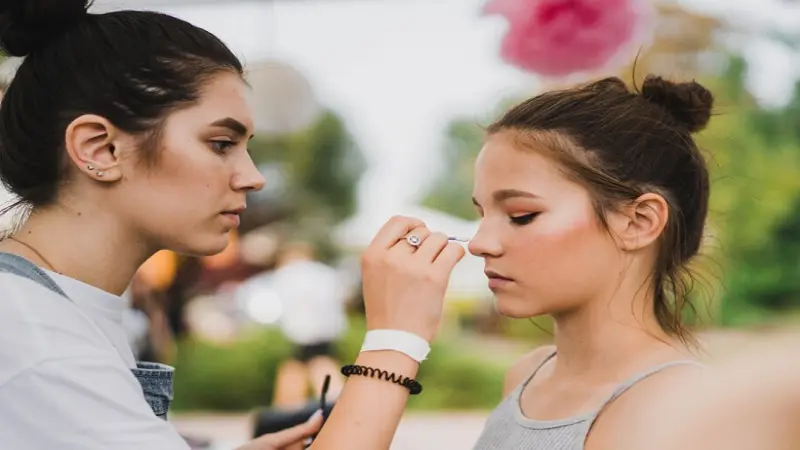When it comes to romance and elegance, few cultures capture the essence quite like the French. This flair for beauty extends to everything from art to architecture—and, of course, jewelry. French engagement rings, in particular, have a long and storied history filled with timeless designs and innovative techniques that have influenced engagement ring trends around the world. Whether you’re looking for an engagement ring with classic French detailing or seeking to understand the origins of their unique style, the history of French engagement rings offers a fascinating journey through time.
Origins of the Engagement Ring Tradition in France
The tradition of giving an engagement ring dates back to ancient times, but the specific style associated with French engagement rings emerged in the Middle Ages. During the reign of French kings like Louis IX and Charles VII, gemstones such as rubies and sapphires became popular in royal jewelry, setting the stage for France’s dominance in the jewelry world. The giving of rings, specifically engagement rings, became a formalized practice among aristocrats and royalty, symbolizing commitment and unity.
One early example of French influence in engagement rings is the “poesy ring,” popular in medieval France. These rings featured inscribed romantic verses or pledges of love on the inside of the band, adding a personal touch. While poesy rings were relatively simple, they demonstrated an early preference for meaningful, well-crafted jewelry.
The Influence of French Jewelers in the 19th Century
France’s role as a leader in jewelry design truly took off in the 19th century, thanks to renowned jewelers like Cartier, Boucheron, and Chaumet. With Paris emerging as a global fashion capital, these houses helped establish engagement ring trends that continue to influence designs today.
One defining characteristic of French engagement rings from this era is the use of intricate settings and delicate craftsmanship. French jewelers became known for perfecting the “filigree” style—delicate metalwork that often adorned the sides of the ring, showcasing the stone. They also pioneered the use of platinum in engagement rings, a metal that was both strong and elegant, allowing for more elaborate designs without sacrificing durability.
By the time the Art Nouveau and Art Deco movements emerged in the late 19th and early 20th centuries, French jewelers were at the forefront of the artistic revolution. Engagement rings from this period are characterized by bold geometric shapes, colored gemstones, and ornate detailing. The French fondness for artistry and innovation was on full display, and these designs remain popular for vintage engagement ring enthusiasts today.
The Iconic French Solitaire
The modern solitaire engagement ring, which features a single diamond, owes much to French jewelry design. In the 20th century, French jewelers popularized the solitaire as a minimalist yet luxurious choice. The “Tiffany setting” may be widely recognized as an American innovation, but the tradition of featuring a single, brilliant diamond was heavily inspired by the clean, elegant lines favored by French artisans.
The French solitaire often features a delicate, slim band that draws all attention to the diamond itself, emphasizing both the beauty of the stone and the craftsmanship of the setting. This understated yet powerful design continues to be one of the most sought-after styles in engagement rings globally.
French Engagement Rings Today
Today, French engagement rings are synonymous with sophistication and style. Whether it’s a classic solitaire or a vintage-inspired design, modern French rings continue to prioritize elegance, intricate detailing, and a balance between tradition and innovation. French jewelers still command global respect, with brands like Cartier, Boucheron, and Van Cleef & Arpels setting the standard for luxury.
Moreover, the French love for customization and personalization has made its way into modern engagement rings. Many contemporary couples choose to design bespoke rings with a touch of French flair, incorporating unique elements like colored stones, personalized engravings, or even heirloom pieces passed down through generations.
Conclusion
The history of French engagement rings is one of artistic mastery, royal influence, and timeless beauty. From the early poesy rings to the iconic solitaires of the 20th century, French jewelers have continually set trends in the world of engagement ring design. For those seeking an engagement ring that combines romance, elegance, and a touch of French sophistication, the traditions of French jewelry provide a wealth of inspiration. Whether you opt for a classic design or a modern interpretation, the legacy of French engagement rings ensures that your symbol of love will be as enduring as the love story it represents.
